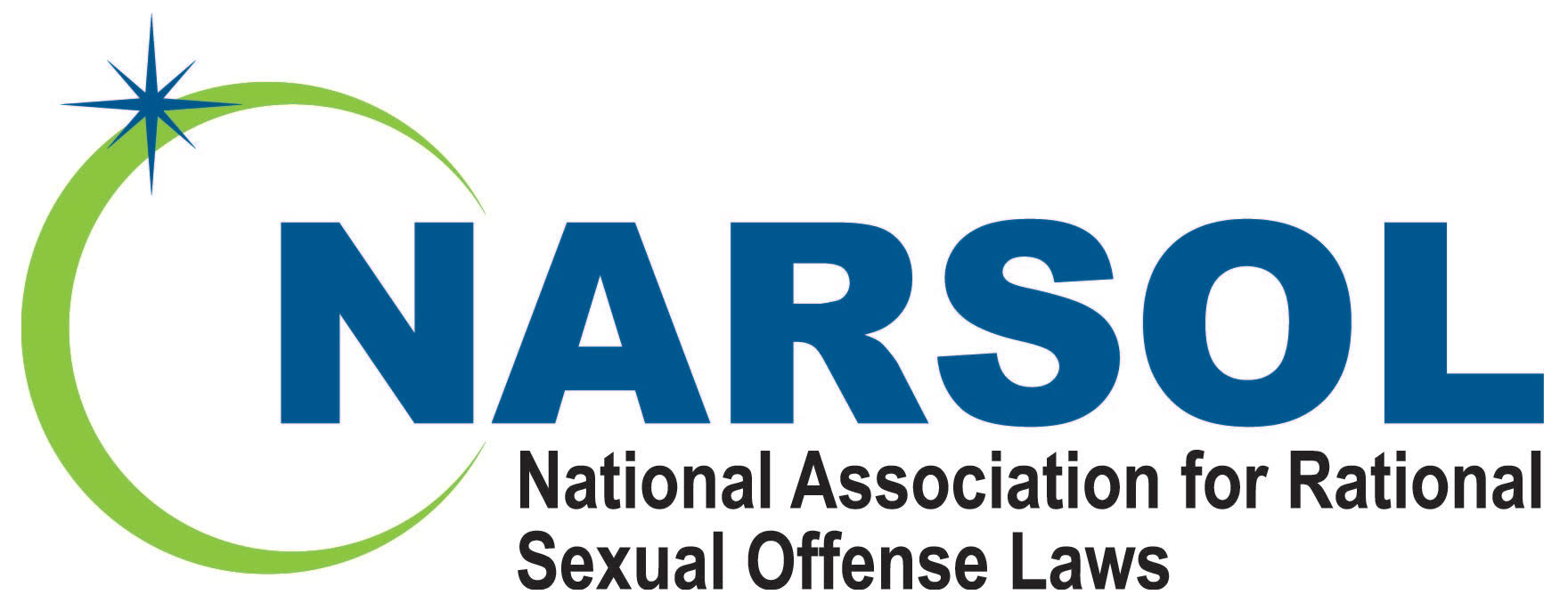The truth behind virtually all child sex trafficking rings: there are no rings
By Michael Hobbes . . . Human trafficking has been having an eventful summer. In July, internet sleuths accused online retailer Wayfair of selling missing children in overpriced cabinets. In August, QAnon supporters (along with some well-meaning if ill-informed influencers) held nationwide “Save the Children” rallies.
And last week, there was the trailer story.
“U.S. Marshals Find 39 Missing Children in Georgia During ‘Operation Not Forgotten,’” proclaimed the government’s official press release. Federal agents and local law enforcement, it said, had rescued 26 children, “safely located” 13 more and arrested nine perpetrators, some of whom were charged with sex trafficking.
The facts of the operation weren’t clear (what does “safely located” mean, exactly?), but it didn’t stop media outlets from taking up the story. “Missing Children Rescued in Georgia Sex Trafficking Bust” wrote The Associated Press, a headline dutifully repeated in The New York Times. “39 Missing Children Located in Georgia Sex Trafficking Sting Operation” was People magazine’s version. Few media outlets contributed any original reporting; the vast majority of stories were little more than rewritten versions of the U.S. Marshals Service’s press release.
Within hours, social media users continued the game of telephone. “39 kids were just recovered from traffickers in Georgia,” Charlie Kirk, the founder of the right-wing student group Turning Point USA, wrote in a tweet. “Law enforcement officers saved their lives.
How is this not the biggest story in America right now?” . . .
Well, to answer a one-sentence question with a one-sentence answer, 39 kids being rescued from a trailer in Georgia is not the biggest news story in America because 39 kids were not rescued from a trailer in Georgia.
“This is not the big trafficking bust everyone thinks it is,” said Erin Albright, a human trafficking and law enforcement consultant who works with cities to develop anti-trafficking strategies. “Any time a child is being harmed and is connected with meaningful support, that’s good. But at the same time, we have to recognize that these stories are not what they look like at first.” . . .
But What About All Those Kids They Found In The Trailer?
Yeah, there was no trailer.
Federal agents did not rescue a large number of children from a single location — or even a single jurisdiction. Kirby told HuffPost that only two children were recovered together. The other kids were found individually across 15 Georgia counties and six other states: South Carolina, Tennessee, Oklahoma, Florida, Kentucky and Michigan. The operation took place over two weeks, not one night.
In other words, the “sex trafficking sting” described in headlines and social media posts was neither a sex trafficking operation nor a sting. . . .
But At Least They Rescued A Bunch Of Kids From Traffickers, Right?
Nope again.
One of the greatest misconceptions about child sex trafficking is that it requires a trafficker. Legally speaking, every time a person under 18 trades sex for anything of value, they have been trafficked. The statutory definition does not require coercion, force or the involvement of a pimp.
In the majority of underage sex trafficking cases, Albright said, the child is homeless, has run away from foster care or has been kicked out by their parents, often due to being queer or transgender. Many of these kids end up trading sex for money, drugs or a place to sleep because it’s their only way to survive. . . .
You’re Not Implying That Child Sex Trafficking Is Fake, Are You?
No, I’m not a monster. Child sex trafficking is real, and it’s important for America to do something about it.
It’s also important, however, to acknowledge that the actual drivers of underage sex work are far more complicated than airport posters and Liam Neeson movies would have you believe.
First of all, decades of social science research has found that the vast majority of children are abused by someone they know, usually their parents but sometimes other children or figures of authority they trust. “Stranger danger” kidnappings, on the other hand, are extremely rare — the latest estimate is 115 per year in the entire United States.

